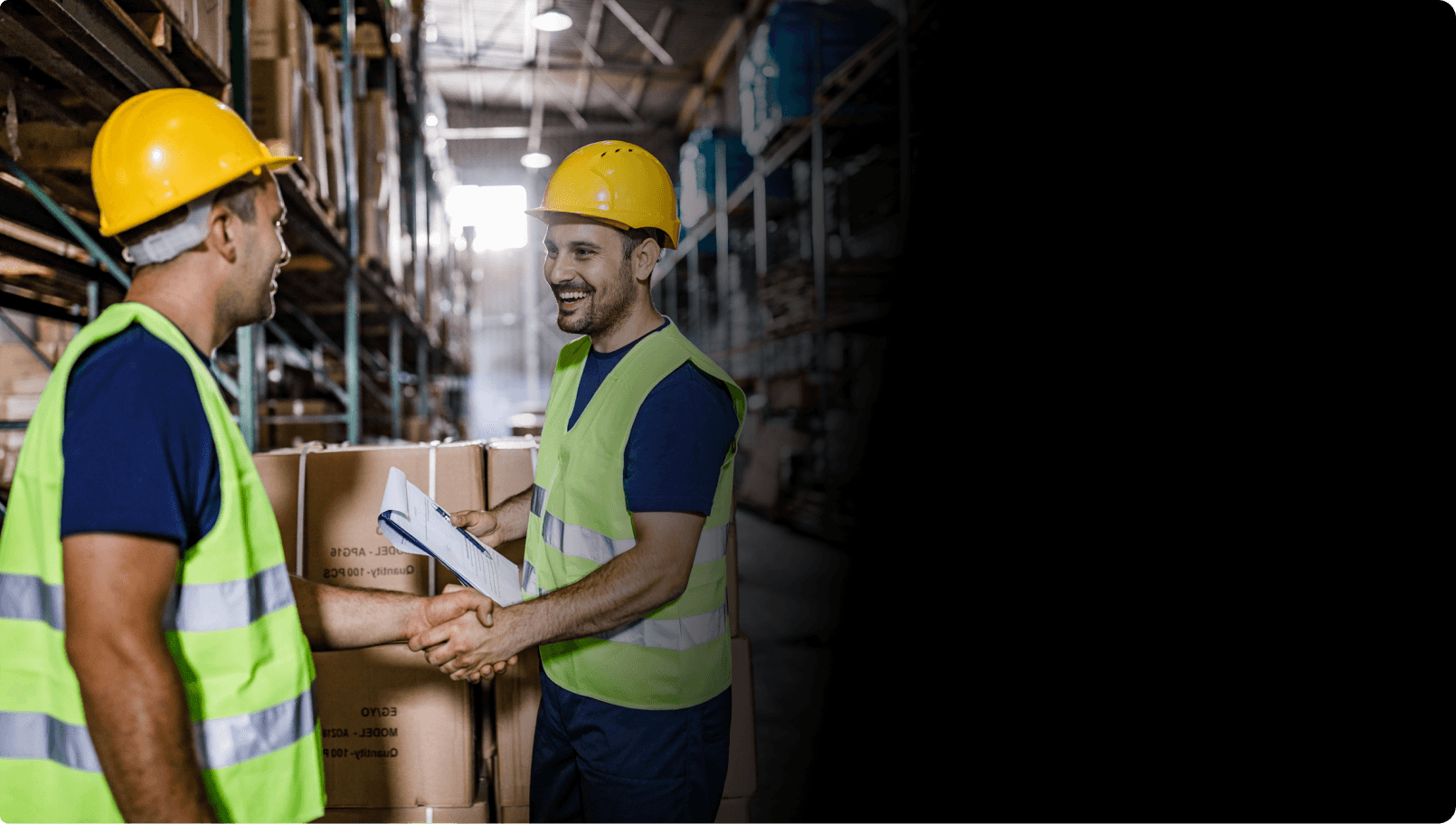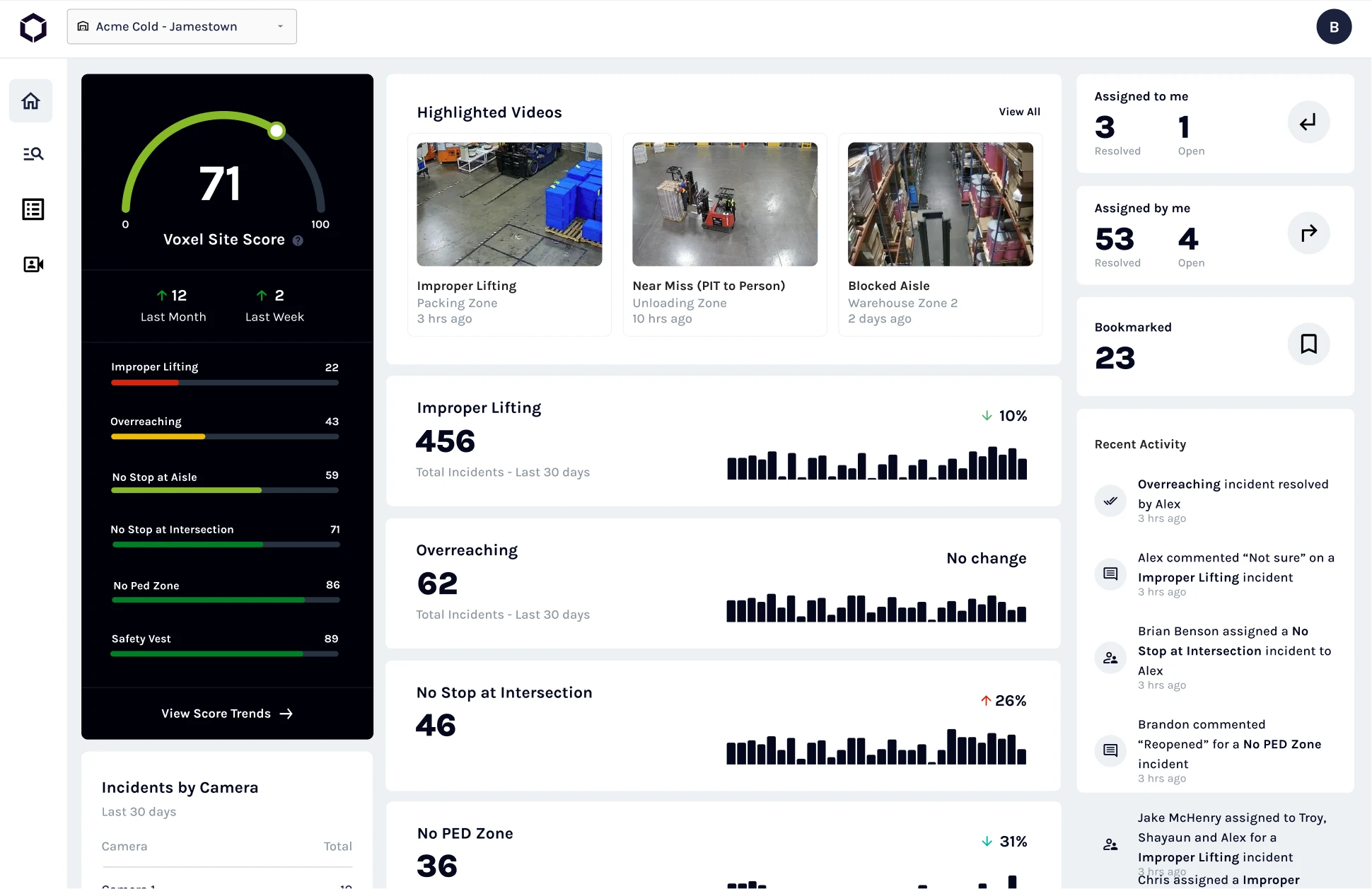Sharper Risk Insights for Underwriting
Protect your book with more visibility and insight into risks with safety management software
Mitigate loss and reduce claims
Reduce TCOR by addressing leading indicators of risk.
Solidify your leadership position
Attract and retain clients by offering the latest in AI safety.
Visibility
Risk understanding, revolutionized
Voxel gives a comprehensive view into where, when, and how often risks occur, empowering your underwriting decisions.
Insights
Confidently develop and deploy risk control plans
Use leading indicator data to measure and manage effective mitigation strategies.

Growth
Attract and retain business
Introducing transformative safety innovations like Voxel to your clients reduces risk and elevates your competitive edge.
Partnering with Voxel, Safety National innovatively addressed risk for a national retail client. Our client saw significant improvements in safety behaviors, enhanced operational efficiency, and they reduced recordable injuries. Voxel played a key role in delivering remarkable success for all stakeholders involved."

